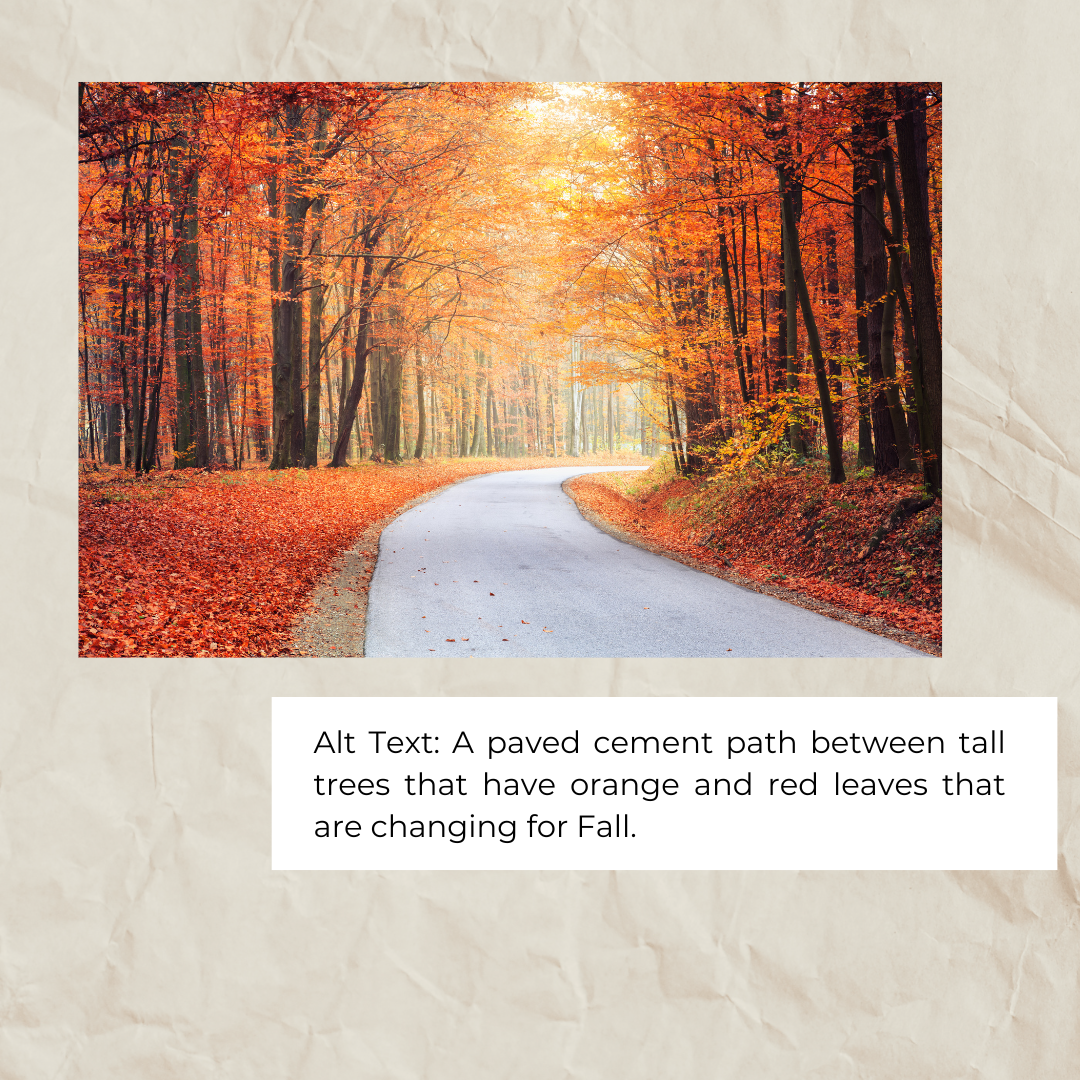As an entrepreneur or business owner, you know the importance of getting your website to rank high in search engine results. But here’s a little secret: adding images to your website can work like magic for your SEO, attracting more traffic than a hidden treasure map! Let’s unravel the mysteries of using images to optimize your website’s search engine. So prepare to embark on a visual adventure and make your website shine brighter than a shooting star! ✨📷
Use relevant image file names for SEO
When you add images to your website, it’s important to give them relevant file names that describe their content. Avoid generic names like “image001.jpg” and instead use specific, descriptive names that reflect what’s in the picture. For example, if you’re selling tennis shoes, name your pictures “red-tennis-shoes.jpg” or “running-shoes-blue.jpg.” This helps search engines understand what’s in your images and improves your chances of ranking higher in search results.
Use alt tags on images for SEO
Alt tags are text descriptions that provide context for images. Not only do they help visually impaired users understand your content, but they also give search engines additional information about what’s in an image. For example, if you’re using an image of a beach umbrella, use an alt tag that describes the image, such as “beach-umbrella-on-the-sand.” This helps search engines understand that the image is related to the beach and improves your chances of ranking for relevant search terms.
Optimize image size and format.
Large images can cause your website to load slowly, which can negatively impact your SEO. To avoid this, optimize your images by compressing them without sacrificing quality. You can also use appropriate file formats like JPEG for photographs and PNG for images with transparency. This not only improves your website’s loading speed but also makes your images more accessible and improves the user experience.
Use a sitemap
Including your images in a sitemap can help search engines discover your images more easily and improve your chances of ranking higher in image search results. A sitemap is a file that lists all the pages and images on your website, making it easier for search engines to crawl and index your content. Adding your images to your sitemap ensures that search engines don’t miss any important visual content on your site.
Use descriptive captions and titles.
Descriptive captions and titles help give context to your images and make them more meaningful and relevant to both users and search engines. When you add an image to your website, be sure to give it a relevant title and caption. For example, if you’re using an image of a red sports car, use a title like “Red Sports Car for Sale” and a caption like “Check out our inventory of high-performance sports cars!” This not only helps search engines understand what your images are about but also helps visitors to your site engage with your content.
Use structured data
Structured data is a way of marking up your website’s content so that search engines can better understand what it’s about. By adding structured data to your images, you can give search engines more information about what’s in the picture, including the subject, location, and other relevant data. This improves your chances of ranking higher in image search results and attracting more traffic to your site.
Images are a powerful tool for improving your SEO and attracting more visitors to your website. By optimizing your images with relevant file names, alt tags, and captions, and by including them in a sitemap and using structured data, you can improve your website’s visibility in search engine results and provide a better user experience for your visitors. So next time you’re adding images to your website, keep these tips in mind and make the most out of your visual content!
